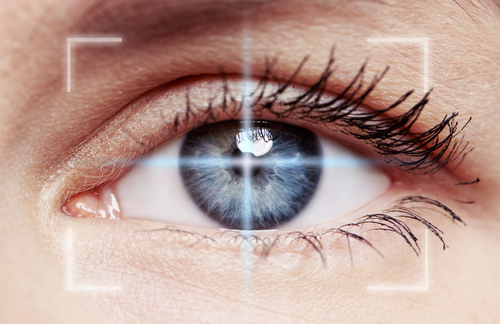Parkinson’s Patients Have More Vision Problems, Require Better Screening, Study Says

Parkinson’s disease patients have a higher rate of vision problems compared with the general population, and require screening for ophthalmologic symptoms to enable more timely treatment, according to a recent study.
The study, “Seeing ophthalmologic problems in Parkinson disease,” was published in Neurology.
Parkinson’s is defined by the death of dopamine-producing (dopaminergic) neurons. Loss of dopamine in the retina — a thin layer of tissue in the back of the eyes that is critical for converting light into nerve impulses — causes various visual problems, including difficulty in controlling eye movements, contrast sensitivity, or color vision.
Evidence suggests that many ophthalmologic symptoms go underreported among Parkinson’s patients. An estimated 80% of visual impairments are treatable or preventable, given timely action.
To get a more accurate estimate of vision problems among those with Parkinson’s, researchers from the Radboud University Medical Center in Nijmegen, the Netherlands, conducted a multi-center study of 1,098 people, including 848 Parkinson’s patients who had symptoms for an average of seven years, and 250 age-matched controls. They all completed the newly developed Visual Impairment in Parkinson’s Disease Questionnaire (VIPD-Q). The average age of both groups was 70.
In the questionnaire, participants rated how often they experienced symptoms in sentences such as “I have a burning sensation or gritty feeling in my eyes,” “I can read better with one eye closed,” “Colors seem to be paler than before,” and “I see things that other people do not see (hallucinations).”
Results showed that 82% of participants with Parkinson’s experienced ophthalmologic symptoms, compared with 48% of the controls.
Certain symptoms appeared almost exclusively among those with Parkinson’s. These included seeing colors less brightly, double vision, difficulty with depth perception, and visual hallucinations. Symptoms such as watery eyes, light sensitivity, and glare at night were also common among controls.
Furthermore, 68% of those with Parkinson’s reported daily problems related to vision impairments, compared with 35% of the controls.
“The effect of ophthalmologic symptoms may be particularly vexing for patients with [Parkinson’s] because of their need to compensate for their motor deficits by guiding their movements visually,” the researchers wrote.
This is reflected in the 22% of participants with Parkinson’s who reported vision-related difficulties with walking and performing hobbies. A further 33% reported that their vision problems interfered with driving.
Those with higher VIPD-Q scores also reported more frequent falls. This result is in line with other reported associations between the severity of vision problems and the severity of gait impairment in Parkinson’s.
Because the study relied on voluntary self-reporting, there is room for some bias in the data. First, it is possible that patients with visual problems were more likely to participate. Second, relying only on self-reported symptoms is a very subjective measure.
Despite these limitations, the results of the study highlight the need for more research on associations between Parkinson’s and visual deficits, and a need for better screening.
“People with Parkinson’s who express that they have eye problems should be referred to a specialist for further evaluation,” study author Carlijn Borm, MD, said in a press release. “For those who do not express such problems, using a questionnaire to screen for problems that may otherwise be missed might allow for recognition, timely treatment and improving the quality of life.”






